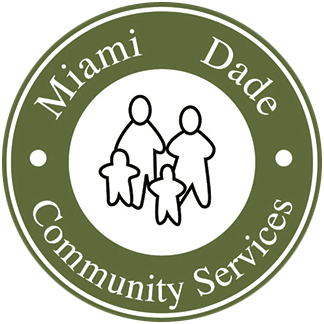Apr 25, 2013
On March 23, 2010, President Obama signed comprehensive health reform, the Patient Protection and Affordable Care Act, into law. The following summary of the law, and changes made to the law by subsequent legislation, focuses on provisions to expand coverage, control health care costs, and improve health care delivery system.
Overall approach to expanding access to coverage
Require most U.S. citizens and legal residents to have health insurance. Create state-based American Health Benefit Exchanges through which individuals can purchase coverage, with premium and cost-sharing credits available to individuals/families with income between 133-400% of the federal poverty level (the poverty level is $19,530 for a family of three in 2013) and create separate Exchanges through which small businesses can purchase coverage. Require employers to pay penalties for employees who receive tax credits for health insurance through an Exchange, with exceptions for small employers. Impose new regulations on health plans in the Exchanges and in the individual and small group markets. Expand Medicaid to 133% of the federal poverty level.
INDIVIDUAL MANDATE
Requirement to have coverage
Require U.S. citizens and legal residents to have qualifying health coverage. Those without coverage pay a tax penalty of the greater of $695 per year up to a maximum of three times that amount ($2,085) per family or 2.5% of household income. The penalty will be phased-in according to the following schedule: $95 in 2014, $325 in 2015, and $695 in 2016 for the flat fee or 1.0% of taxable income in 2014, 2.0% of taxable income in 2015, and 2.5% of taxable income in 2016. Beginning after 2016, the penalty will be increased annually by the cost-of-living adjustment. Exemptions will be granted for financial hardship, religious objections, American Indians, those without coverage for less than three months, undocumented immigrants, incarcerated individuals, those for whom the lowest cost plan option exceeds 8% of an individual’s income, and those with incomes below the tax filing threshold (in 2009 the threshold for taxpayers under age 65 was $9,350 for singles and $18,700 for couples).
EMPLOYER REQUIREMENTS
Requirement to offer coverage
Assess employers with 50 or more full-time employees that do not offer coverage and have at least one full-time employee who receives a premium tax credit a fee of $2,000 per full-time employee, excluding the first 30 employees from the assessment. Employers with 50 or more full-time employees that offer coverage but have at least one full-time employee receiving a premium tax credit, will pay the lesser of $3,000 for each employee receiving a premium credit or $2,000 for each full-time employee, excluding the first 30 employees from the assessment. (Effective January 1, 2014) • Exempt employers with up to 50 full-time employees from any of the above penalties.
Other requirements
Require employers with more than 200 employees to automatically enroll employees into health insurance plans offered by the employer. Employees may opt out of coverage.
EXPANSION OF PUBLIC PROGRAMS
Treatment of Medicaid
Expand Medicaid to all non-Medicare eligible individuals under age 65 (children, pregnant women, parents, and adults without dependent children) with incomes up to 133% FPL based on modified adjusted gross income (as under current law undocumented immigrants are not eligible for Medicaid). All newly eligible adults will be guaranteed a benchmark benefit package that meets the essential health benefits available through the Exchanges. The Supreme Court ruling on the constitutionality of the ACA upheld the Medicaid expansion, but limited the ability of HHS to enforce it, thereby making the decision to expand Medicaid optional for states. To finance the coverage for the newly eligible (those who were not previously eligible for at least benchmark equivalent coverage, those who were eligible for a capped program but were not enrolled, or those who were enrolled in state-funded programs), states will receive 100% federal funding for 2014 through 2016, 95% federal financing in 2017, 94% federal financing in 2018, 93% federal financing in 2019, and 90% federal financing for 2020 and subsequent years. States that have already expanded eligibility to adults with incomes up to 100% FPL will receive a phased-in increase in the federal medical assistance percentage (FMAP) for non-pregnant childless adults so that by 2019 they receive the same federal financing as other states (93% in 2019 and 90% in 2020 and later). States have the option to expand Medicaid eligibility to childless adults beginning on April 1, 2010, but will receive their regular FMAP until 2014. In addition, increase Medicaid payments in fee-for-service and managed care for primary care services provided by primary care doctors (family medicine, general internal medicine or pediatric medicine) to 100% of the Medicare payment rates for 2013 and 2014. States will receive 100% federal financing for the increased payment rates. (Effective January 1, 2014)
